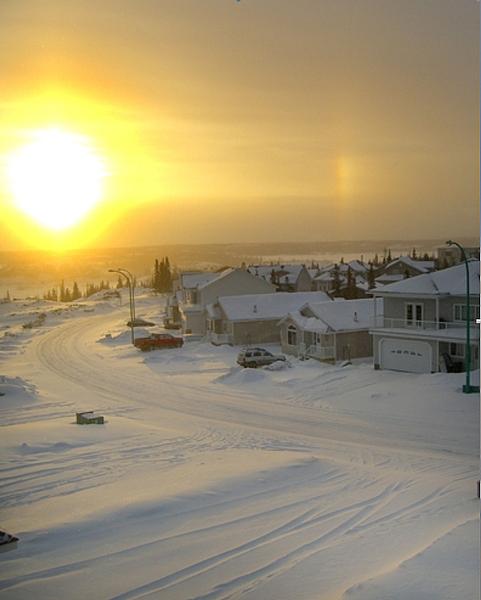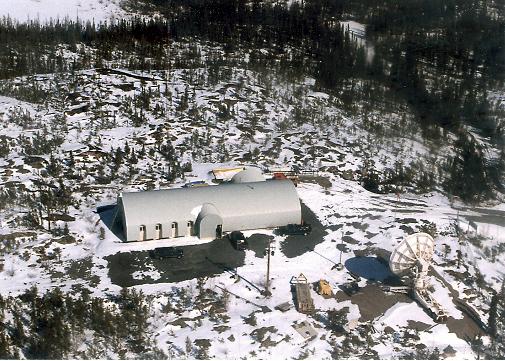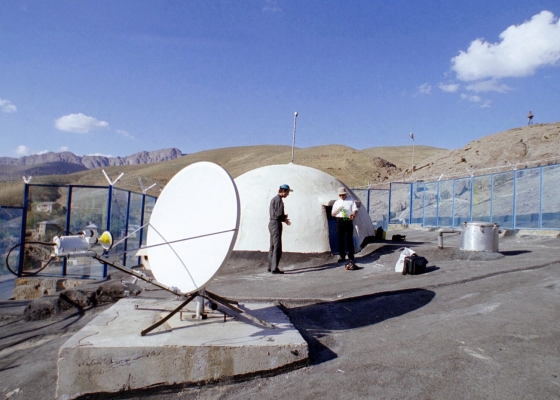RN16, Yellowknife,Northwest Territories, Canada
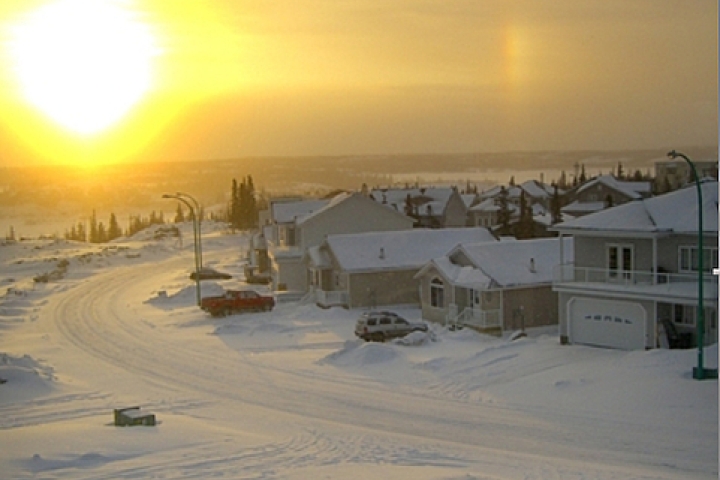
Yellowknife
Yellowknife, capital of Canada's Northwest Territories since 1967, is located on the north shore of Great Slave Lake on the west side of Yellowknife Bay. The area was named after the local Yellowknives Dene First Nation. Gold was first reported in the area of Yellowknife Bay in the late 19th century and in the Dogrib language, the city is still known as Somba K'e ("where the money is").
Weather and Geography
Weather conditions and station access can be arduous in Yellowknife’s semi-arid subarctic climate, with temperatures ranging from -50ºC to +20ºC. Terrain is rugged, consisting mainly of large rock outcroppings separated by muskeg and lakes. Access to the station is challenging: in summer it is sometimes only possible by helicopter and in winter only with four-wheel drive, all-terrain vehicles or snow-mobiles.
RN16 is located on the periphery of Yellowknife.
Station Location
The radionuclide station RN16 is located on the periphery of Yellowknife only a few hundred meters from the Geological Survey of Canada (GSC) where the IMS primary seismic station PS09 has also been established. Both stations are on government land earmarked for scientific purposes by the GSC. Canada’s Radiation Protection Bureau has been operating national radionuclide monitoring stations for many decades at over 25 sites around the country. The Yellowknife station has operated continuously since 1963.
Radionuclide Station Profile
RN16 is a manually run (as opposed to remote control run) station equipped with an air sampler with an average airflow rate of about 940m³/hr. The airflow rate is the minimum requirement; the more air that passes through the filter, the better the sensitivity of the station. Filters are needed to collect the radioactive particles.
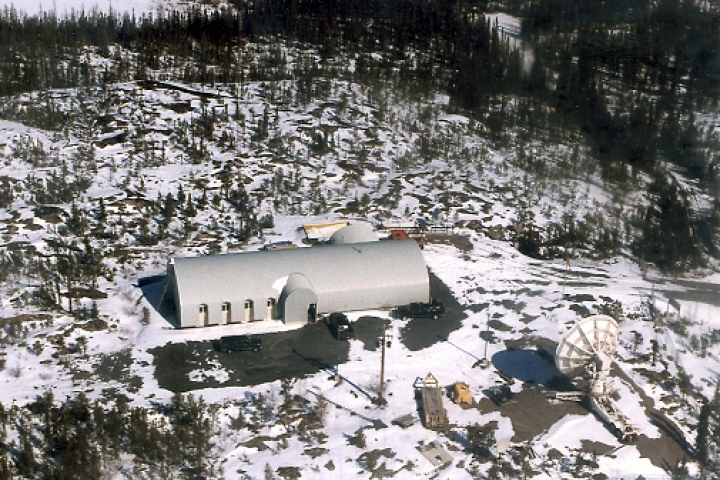
Aerial view of station complex
A certification visit was carried out in 2003.
Certification, Testing and Evaluation
The site survey was performed by Canada’s Radiation Protection Bureau in July 2000 and was accepted in December 2000. RN16 started sending data to the CTBTO in January 2003 when installation was complete. After a certification visit in March 2003, the station was held to meet all requirements, including the annual goal of 95% data availability, and was officially certified on 22 August 2003. In addition to radionuclide station RN16, Canada hosts the entire range of IMS facilities: three primary seismic stations, six auxiliary seismic station, one hydroacoustic station, one infrasound station, three other radionuclide stations and one radionuclide laboratory.
International Noble Gas Experiment (INGE) and the declared nuclear test by the DPRK
RN16 at Yellowknife is one of the stations participating in the International Noble Gas Experiment (INGE), which was established in 1999 to test the measuring radionuclide noble gases released by nuclear explosions. When complete, the result will be a globe-spanning 40-station network that will refine the technical ability to detect nuclear explosions . The Noble Gas system at all Canadian sites is being provided by the Canadian Government. As of June 2003, Yellowknife’s RN16 was capable of detecting noble gases using the so-called SPALAX system developed by the French Atomic Energy Commission. This meant that it was operational at the time of the announcement by the Democratic People’s Republic of Korea (DPRK) on 9 October 2006 that it had conducted a nuclear test. Within two weeks of the announced test, the station at Yellowknife was able to detect elevated amounts of the noble gas Xenon 133 in the atmosphere. This information added significantly to the seismic data the IMS had registered at more than 20 of its seismic stations.
